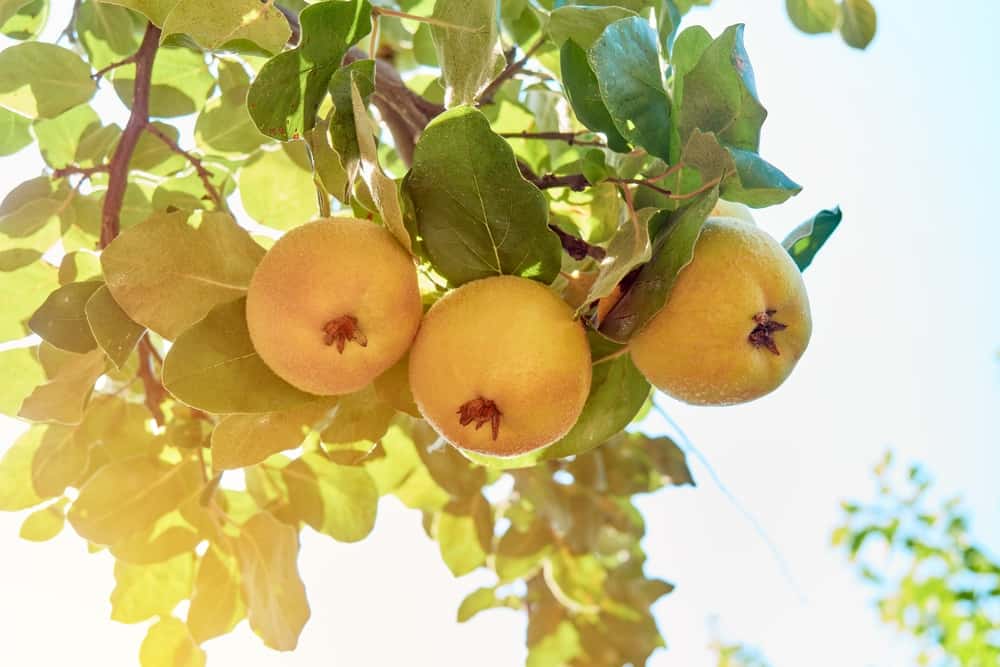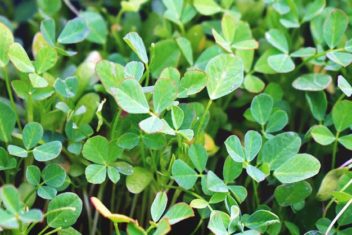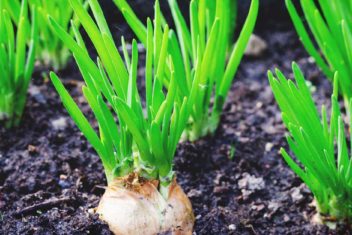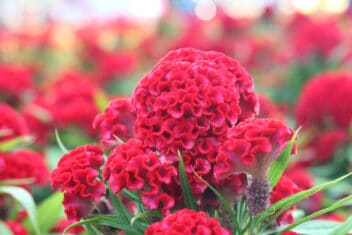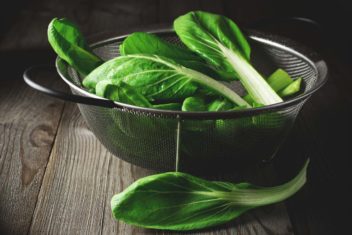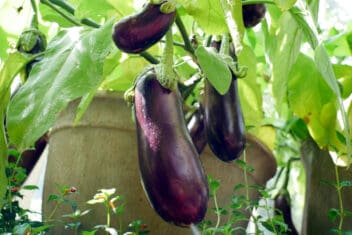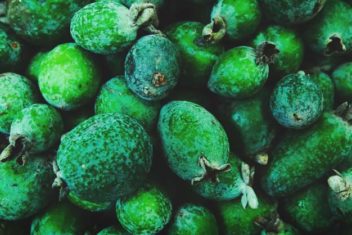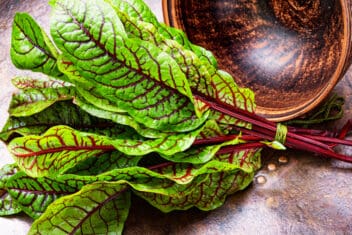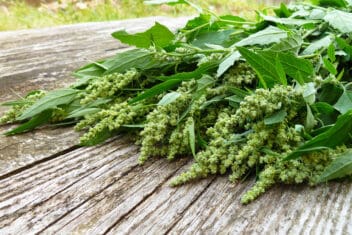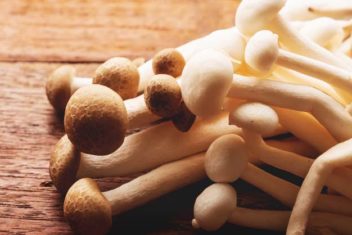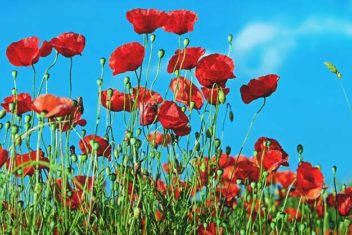Some vegetables and fruit have gone out of favor over the years for various reasons, and quince is one of those plants. This was mainly because older varieties of quince were way too tart to be eaten fresh, and were really only suitable for jams and jellies.
Lately, there has been a resurgence in growing quince thanks to some newer, marvelously flavored varieties, and as more gardeners focus on unique fruits for preserves.
If you want a fruit-bearing tree that is pretty enough to grow as an ornamental, quince should be one you try. Let’s get started.
What is Quince?
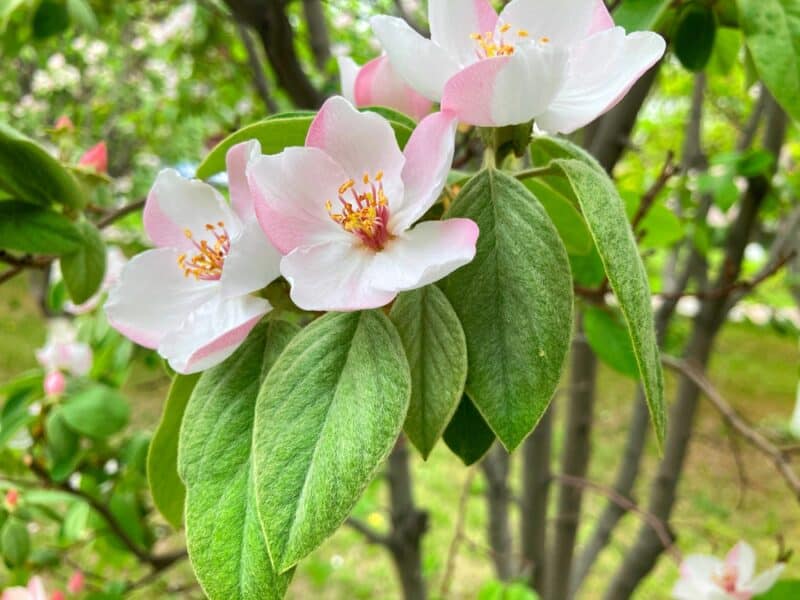
Quince (Cydonia oblonga) is a medium-sized fruit tree native to areas around Iran and Turkey. It’s naturalized in Greece and, wherever it’s cultivated, is predominantly used for preserves and jellies.
Growing quince fruit popular years ago when home canning and preserving was a way of life. They are naturally high in pectin and generally produce a massive harvest, so it makes sense that they were prized.
Growing well in USDA Growing Zones 4 to 8, quince has quite specific sun and winter chill requirements.
The quince tree is part of the rose family (Rosaceae). Although the fruit looks like pears or apples, they don’t taste nice eaten raw. Don’t worry, they turn sweet and sumptuous when cooked.
Quince adds Vitamins C and B to your diet in moderate amounts and is said to be good for the digestive system.
Best Varieties of Quince

Like many fruits, different quince types have distinctive characteristics and many growers have their favorites. Here are some to consider, but if you know someone who grows them in your area, ask what cultivars grow well.
Pineapple
This is a common cultivar (Cydonia oblonga ‘Pineapple’) and does, in fact, taste like pineapple. Pineapple quince is perfect for baking and cooking. It is a smaller tree, usually reaching 10 feet in height.
Orange
C. oblonga ‘Orange’ produces a large, round fruit that has flesh with a slight orange tinge. Most ripe quinces are hard, but ‘Orange’ quince fruit is much softer. If you want to try eating a quince raw, allow this cultivar to become very ripe and try it.
‘Orange’ will grow up to 20 feet in height. In its natural environment, it’s found near water sources, so it likes moist soil.
Champion
C. oblonga ‘Champion’ is popular amongst quince growers mainly due to the delicate lemon flavor it has. This pear-shaped variety produces fruit late into fall. ‘Champion’ will grow to about 15 feet in height.
Cooke’s Jumbo
This oblonga cultivar is an all-rounder that is perfect for cooking, baking, and making into jellies and preserves. The pear-shaped fruit is large and follows a huge display of white and pink flowers in the spring.
Rich’s Dwarf
If you have a smaller area to plant a quince tree, this oblonga cultivar is the one for you. It generally tops out between six and nine feet in height and produces substantial fruit.
Shams
This is a popular variety in Iran, but reasonably common in North America. It’s an extremely sweet variety that holds its shape when cooked. It requires a nice sunny location to bear fruit. Shams will grow to about 15 feet in height.
Other common varieties include:
- Missouri Mammoth
- Meech’s Prolific
- Rea’s Mammoth
- Smyrna
- Van Deman
- Les Kovac
How to Propagate Quince
Most people opt to buy their first quince tree, but there’s no reason you can’t propagate your own via cuttings or seeds. Here’s how to go about that:
Cuttings
Personally, I’d buy a quince tree from a retailer if I was new to growing quince, because I don’t want to wait too long for a harvest, but if you have a variety you like or want to save money, take a cutting and see how you go.
- Take a few cuttings in late winter to early spring. The tree should be dormant and not blooming. Adjust your timings for your area if necessary.
- The cutting should be eight to twelve inches long with a few growth nodes.
- Cut at a 45º angle.
- Dip that end in a rooting hormone. This is not always necessary for all plants, but quince needs it and it will still take several months to form roots.
- Use horticultural sand instead of seed-raising soil or potting mix. Due to the length of time the cutting takes to form roots, it’s best to use this to avoid mold or infection.
- Keep the sand moist all the time.
- In six months, test the cutting by pulling on them gently. They are ready to be transplanted into bigger containers if there is resistance.
Seeds
You can grow quince from seeds collected from the fruit. The resulting plant won’t be the same as the parent plant, but if you’re feeling adventurous, try this method.
- Remove the seeds from a quince fruit in the fall and wash the pulp off.
- Place the seeds on a paper towel and allow them to dry off in a warm place out of the sun.
- Fill 3/4 full a zip lock bag with moistened sphagnum moss or horticultural sand.
- Place the seeds in and gently rub the bag to get them in the mixture.
- Put this bag in the refrigerator for three months to stratify. They must have this chilling period.
- After three months, remove the seeds and plant two in each container of seed-raising mix.
- Keep the soil moist and in a location that receives eight hours of sun or artificial light.
- When the seeds have germinated and have their second set of leaves, remove the weakest one.
- Harden the seedlings off before planting in spring when there will be no more frosts.
The good thing about quinces is that when you plant by the seed you don’t know what the fruit quality will be like, but they will be fine for cooking and preserving.
How to Care For Quince
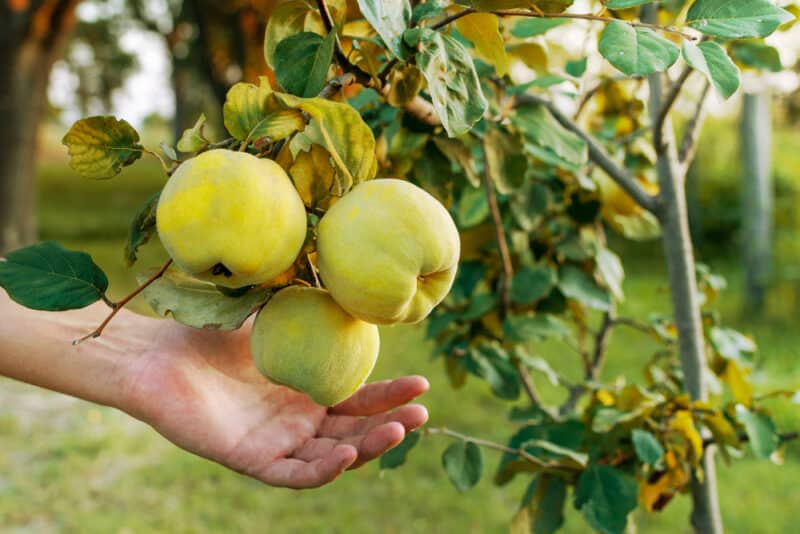
Quince trees love sunshine. They want at least eight hours of sun a day. This is absolutely necessary for quince since the sunlight this year triggers the development of buds next year. If quince doesn’t get enough sun, they won’t produce flowers for next year.
Quince thrives in temperatures between 65ºFand 95ºF, but remember, you won’t succeed at growing quince fruits if they don’t have at least 200 chill hours.
Aim for a soil pH of 6.3 to 8. Free-draining soil that holds sufficient moisture will see your quince tree happy. If you have sandy soil, quince will still be okay. You will need to add lots of well-rotted compost and some topsoil.
Mulch with straw or wood chips. Fertilize once a year in spring with a fertilizer suitable for apples and pears. Use a fertilizer low in nitrogen if you don’t already have one for apples and pears.
Quince trees are self-pollinators, but two trees improve size and quality. Make sure they are within 50 feet of each other.
Best Companion Plants for Quince
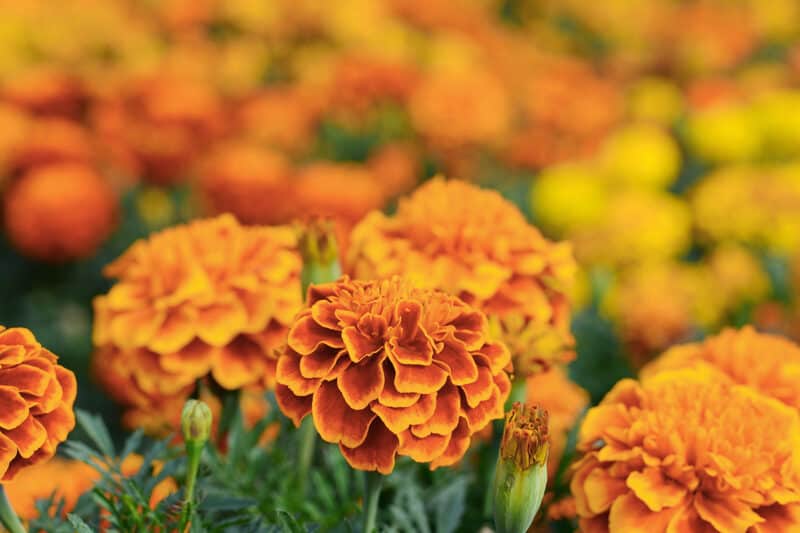
Quince will do well with:
Problems and Solutions For Growing Quince
Though these trees are generally tough, there are things to watch out for when growing quince.
Quince Leaf Blight
This is caused by a fungus called Diplocarpon mespili. When the season is wet and hot, leaf blight can cause severe spotting on the foliage and the fruit.
This causes leaf drop and deformed fruit in dire cases. The most common times for this disease to pop up are, unfortunately, spring through fall.
For this fungus, it’s not advisable to use a fungicide on a plant where the fruit will be consumed.
- Remove all the infected leaves as they fall from the tree.
- Clean away any weeds and debris around the quince tree.
- Prune all dead or diseased branches.
- Practice good garden and orchard hygiene
Fire Blight
Quince is more susceptible to the bacterial disease fire blight (Erwinia amylovora) than apple, but not quite as much as pear. Heavy infections cause severe leaf drop and negatively affect the plant’s health.
Read our extensive article on how to identify and deal with fire blight here.
Coddling Moth
Growing quince trees are affected by the devastating codling moth (Cydia pomonella). See our article here if you have issues with codling moth, which shows up as holes in the fruit.
San Jose Scale
San Jose scale (Quadraspidiotus perniciosus) doesn’t just appear in California. This pest infests trees from sea to shining sea.
Young scale insects overwinter on the branches and twigs of the quince tree. When the sap starts to flow in spring, the scale start to feed on the plant. Females can produce thousands of young in a season, so an infestation can quickly growout of control.
The young crawlers start to feed on the sap of the tree. Large infestations of San Jose scale can cause twig dieback or even tree death.
The best prevention method is to encourage or purchase beneficial predatory insects and to spray dormant oil in the winter. It’s worth noting that this pest is rarely a problem in organic orchards.
Harvesting and Use
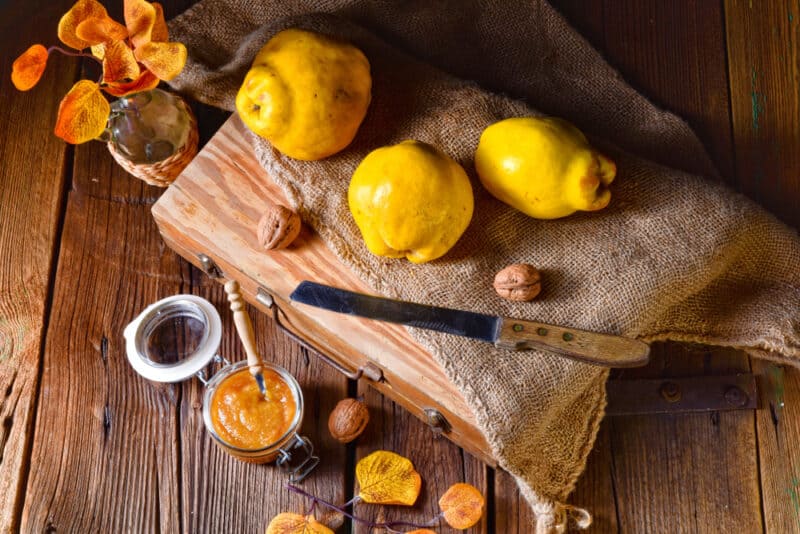
Now for the best part of growing quince. In the fall, gently pluck the fruit from the trees. They won’t be ripe straight away, you need to put them in cold storage in a single layer for a month or so to ripen fully. You’ll need to rotate the fruit every few days.
After a month, slice into a fruit and see if it has reached the texture and sweetness you want.
Remember, these fruits will never be as sweet as a peach, but they shouldn’t be mouth-puckeringly astringent, either.
Difference Between Fruiting and Flowering Quince

If you hear the term flowering quince, it differs from fruiting quince. Although both are from the rose family, flowering quince are from the Chaenomeles genus. Fruiting quince are from the Cydonia genus.
Flowering quince produce vivid blooms in white, red, orange, and pink. People are usually growing quince from this species for the purpose of colorful flowers in the garden rather than fruit.
Some flowering quince produce fruit, though it is very bitter, though the birds love them.
Some species of flowering quince produce blooms in spring and repeat in fall to provide extra color just before winter.
Propagation is easier by cuttings than fruiting quince.
Flowering quince grow like boysenberries and sprawl. They have a lot of thorns so be wary of where you plant them. Under a window for security is good, or against a wall.
